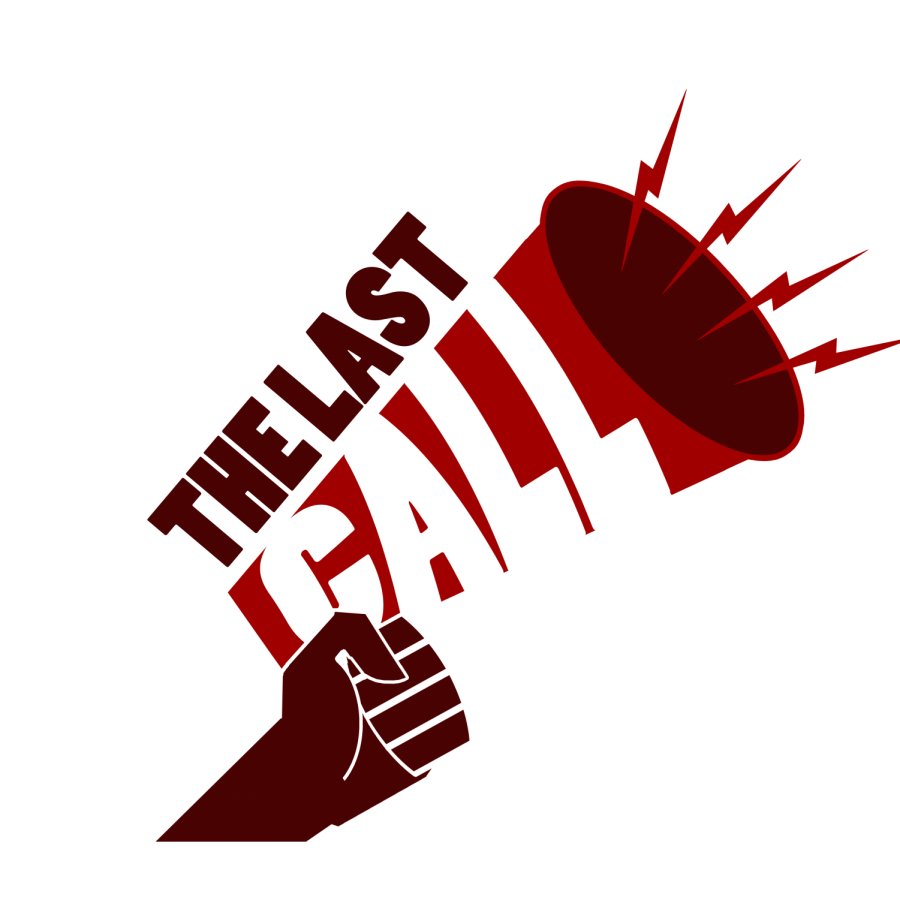It seems almost routine that when a professor steps up to the white board they grab a marker, try it out and emit a sigh of frustration that the marker is dried up. Maybe they’ll make a joke or two about how they never work, not to mention they smell terrible, or lament the begrudging task of finding one that actually works. Either way, that marker ends up being tossed (sometimes ceremoniously, maybe with some style points) in the trash. From there, it’s your basic saga of plastic ending up in a landfill, where it’ll sit for an undetermined amount of time before the toxic chemicals break down and seep into the soil.
Here’s a bright idea: why not use refillable markers? They use non-toxic ink, so they don’t smell, they’re made of recycled plastic, so they don’t source new raw materials, and they aren’t designed to be single-use. When they run out of ink, you simply unscrew the cap and put a couple drops of ink in. Jerald Dosch (Biology) even refills them while he’s lecturing in class. “Simple and easy,” he says.
The white board marker market is dominated by “conventional” markers, which are made from petroleum-intensive plastics, filled with a chemical called xylene, and often sit in a landfill after they are tossed free-throw style into the bin by your physics professor. They also dry out faster than anyone can seem to keep up with them.
Not only is all this plastic and waste harmful to the environment, but xylene is a highly toxic chemical that can have negative health ramifications (ever feel lightheaded after smelling marker fumes for too long?) Once they’ve dried out, they can’t be used anymore, unlike refillable markers which can not only be left uncapped longer but can also be replenished if low or out of ink.
Sustainability should not just be taught but also practiced. That’s why it’s important to look past the small size of one marker and realize that it represents a bigger issue—that if we want to teach and learn about environmental, social and economic responsibility we have to start by greening our classrooms first. So far, a test pilot has run for over one year extremely successfully, with overwhelmingly positive feedback from professors and faculty. Macalester has been using AusPens, a refillable, recyclable and sustainably-sourced sustainable white board marker.
When we think about sustainability, we think about it in environmental, social and economic terms, so we must also think about the cost. Of course the initial investment is great because you’re purchasing a higher quality product that is made to last longer. But with refillable white board markers, just ten drops of refill ink becomes the equivalent of buying a whole other marker. If one Expo marker costs an average of $1.37, one AusPen refill costs just $0.28—one fifth of the cost.
The savings speak for themselves, especially when you consider the large quantities purchased by departments. So next time you see your professor refilling a marker in class, you can bet they’re doing their part in reducing Macalester’s environmental footprint and their office supplies bill.










Carol Howard • Sep 11, 2019 at 1:58 pm
In fact itís called Search engine marketing that when i search for this paragraph I found this website at the top of all sites in search engine.
Jasmine Cameron • Sep 10, 2019 at 8:20 am
I feel this is one of the most vital information for me. And i am satisfied reading your article. But wanna remark on some basic issues, The web site taste is wonderful, the articles is in point of fact great : D. Excellent job, cheers
Victor Butler • Sep 9, 2019 at 2:17 am
you got a very great website, Gladiola I discovered it through yahoo.